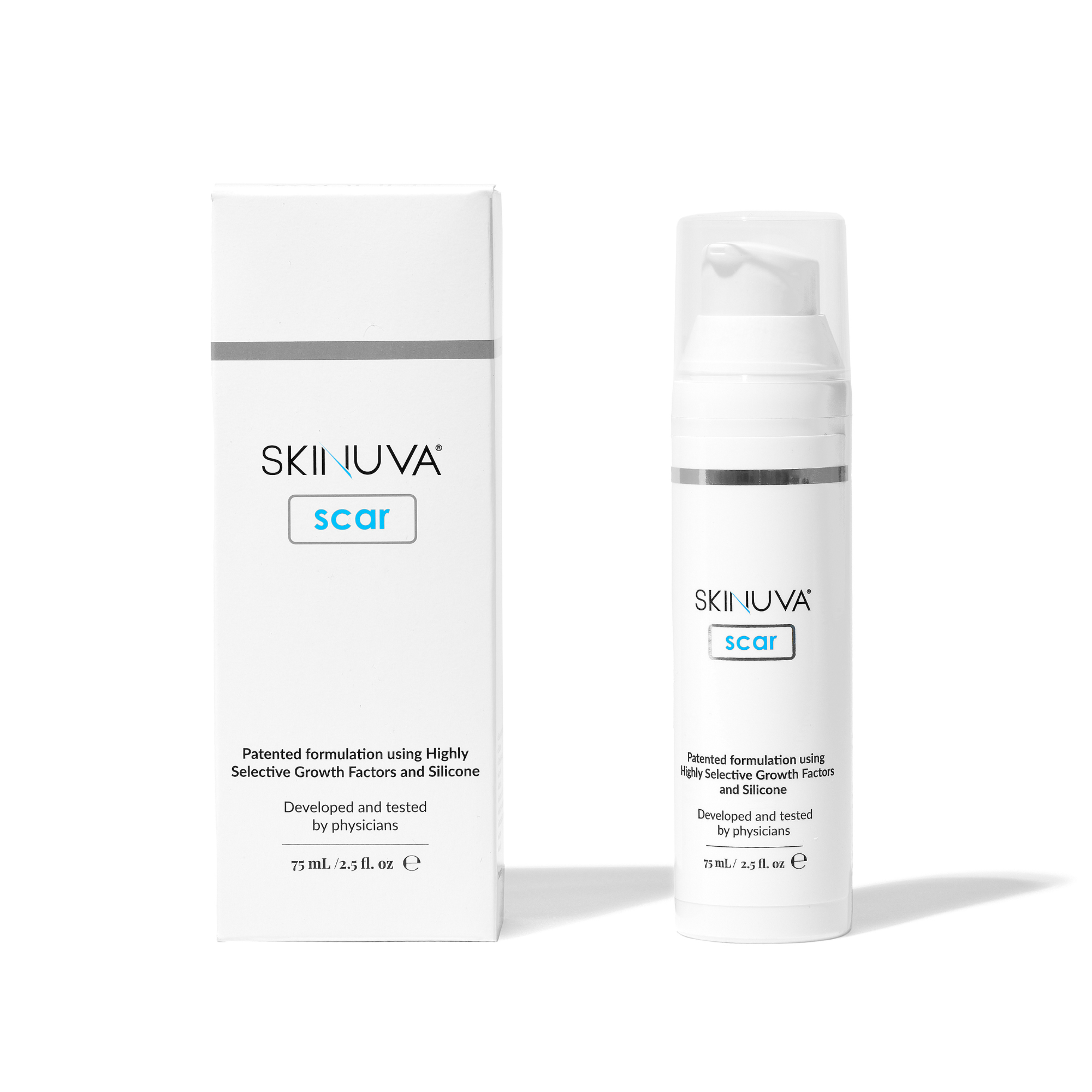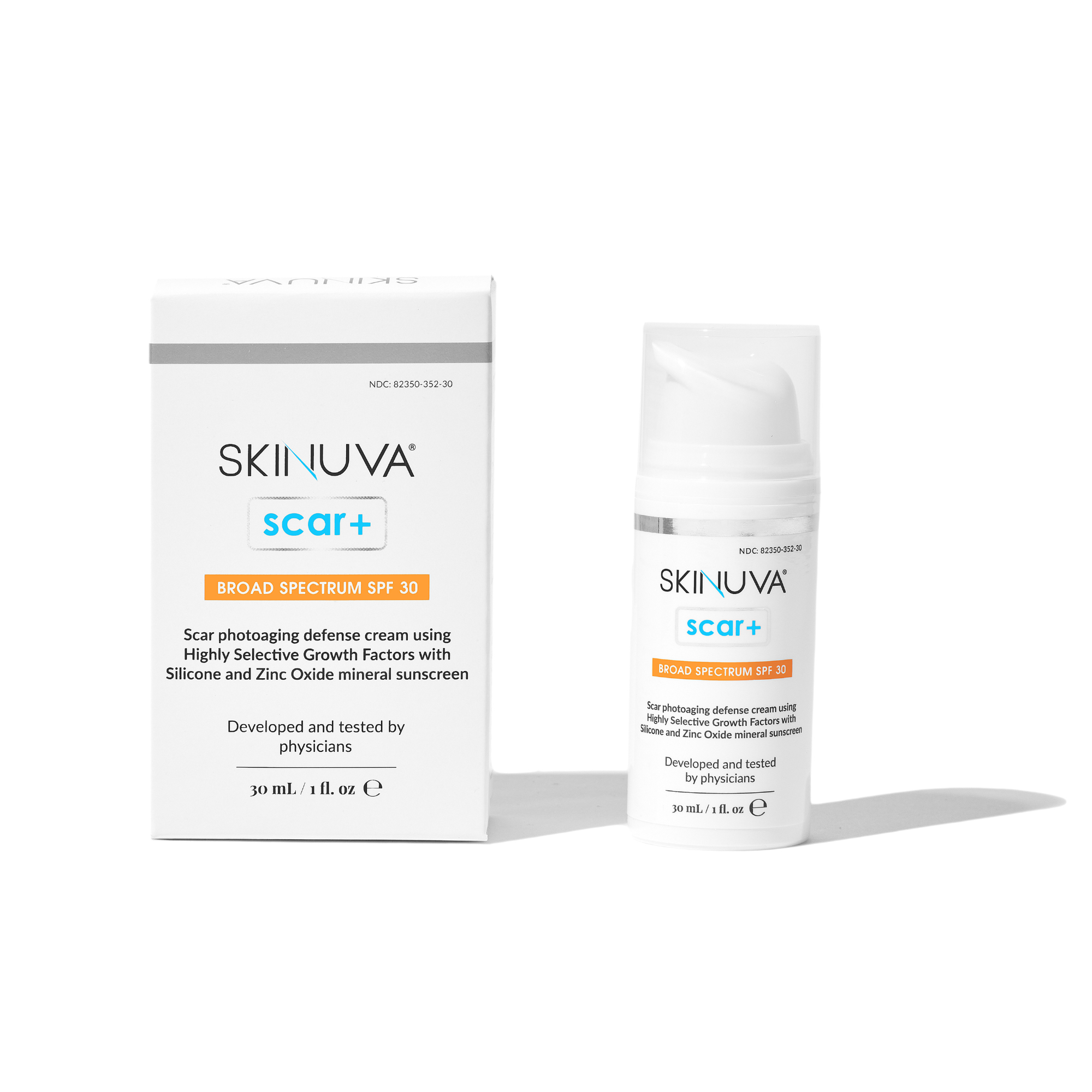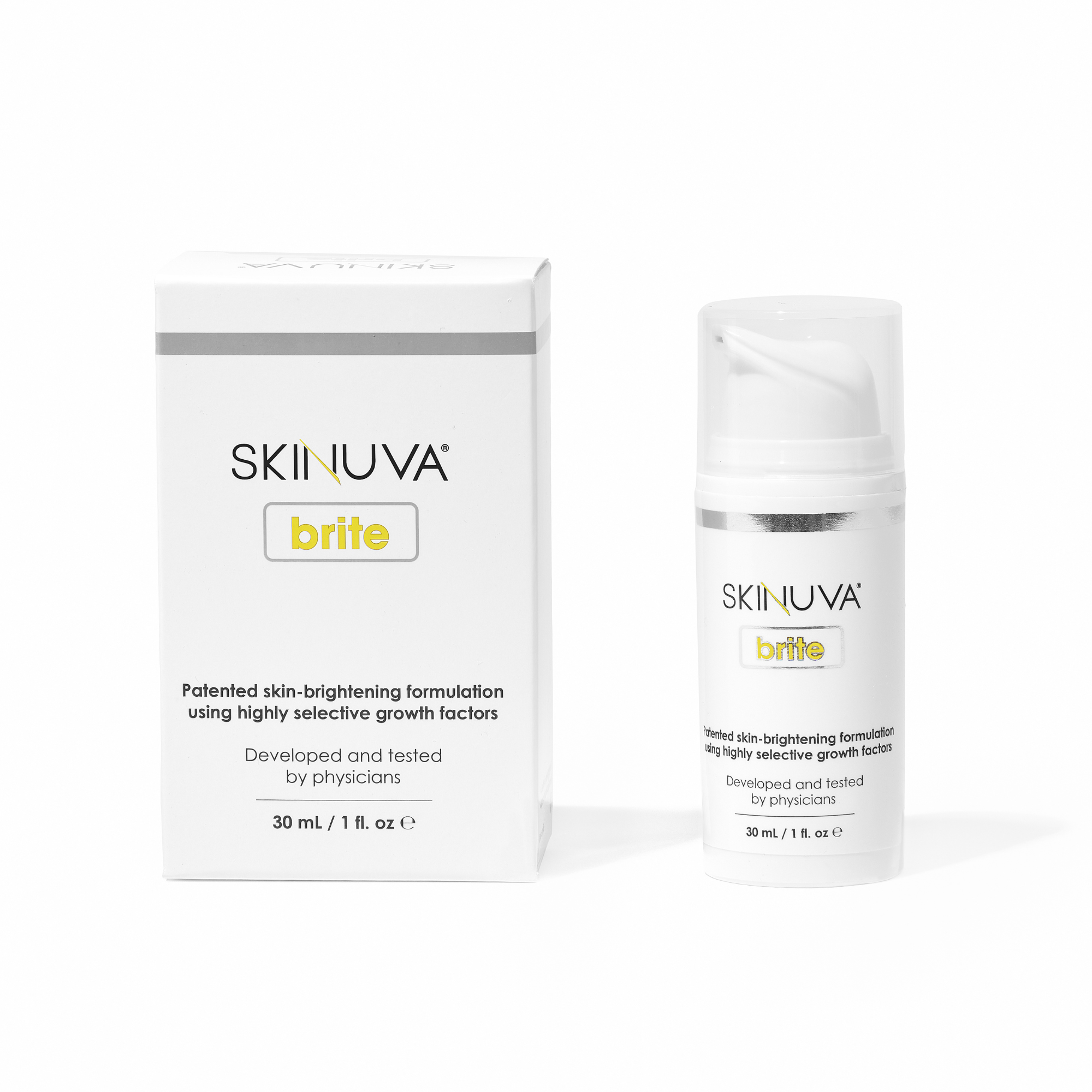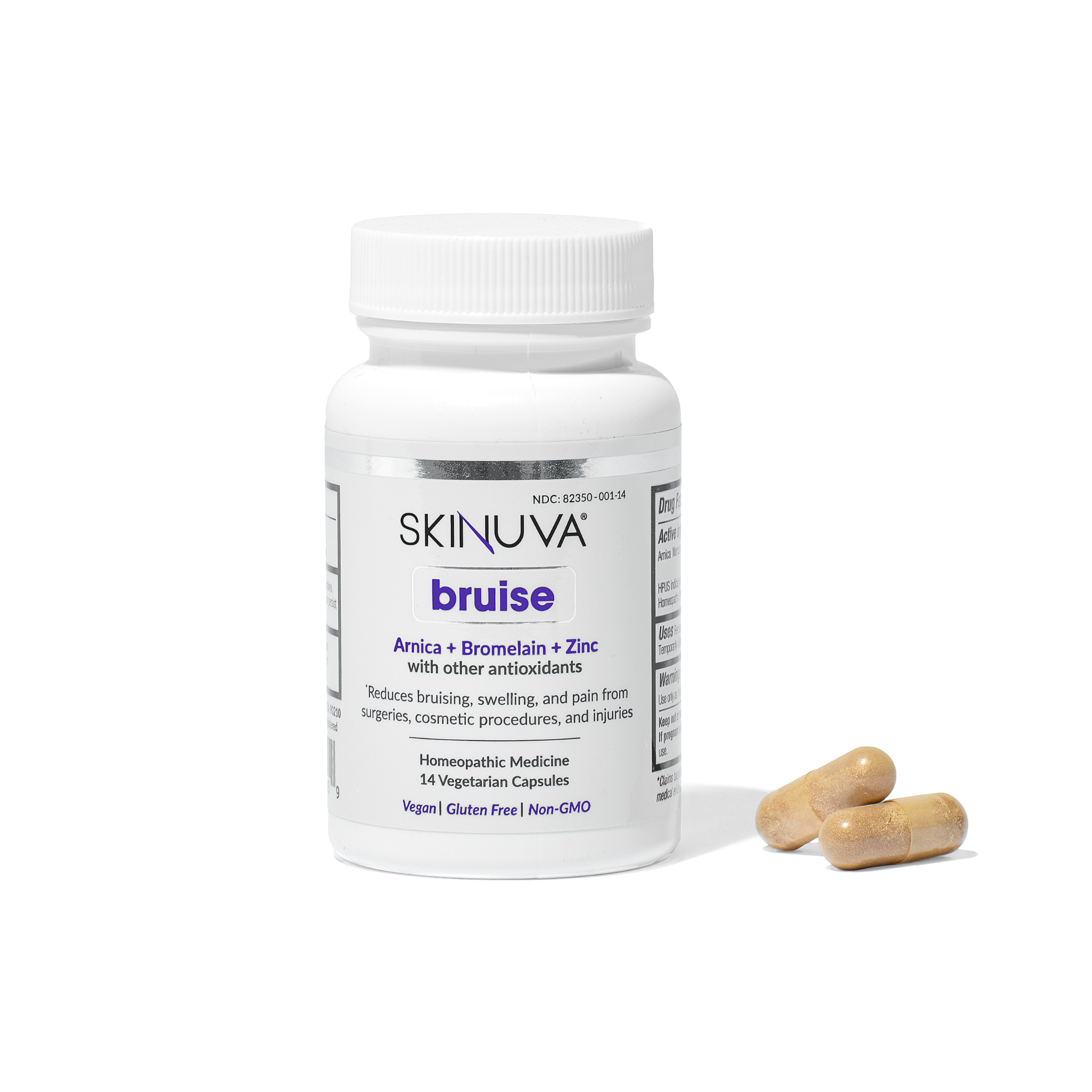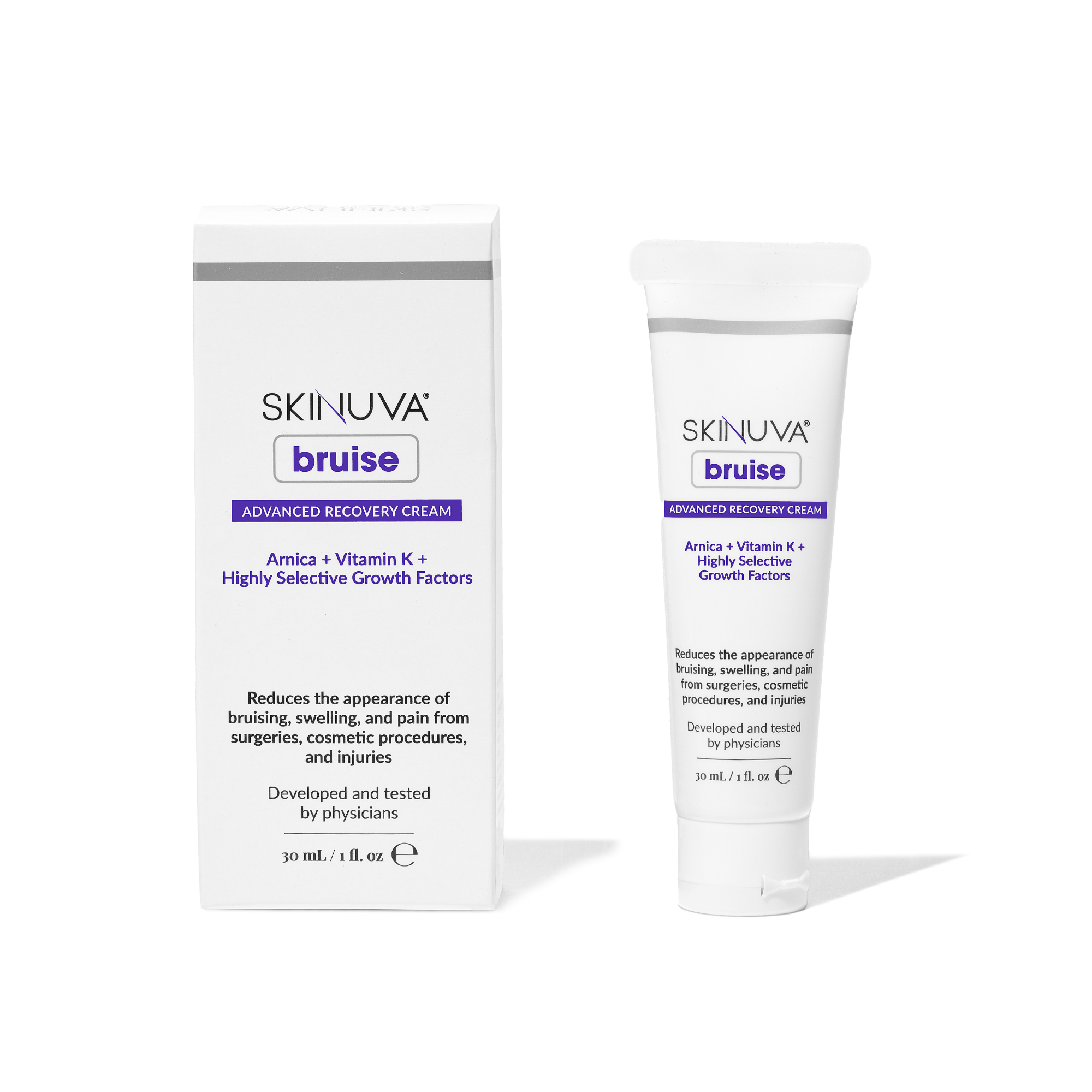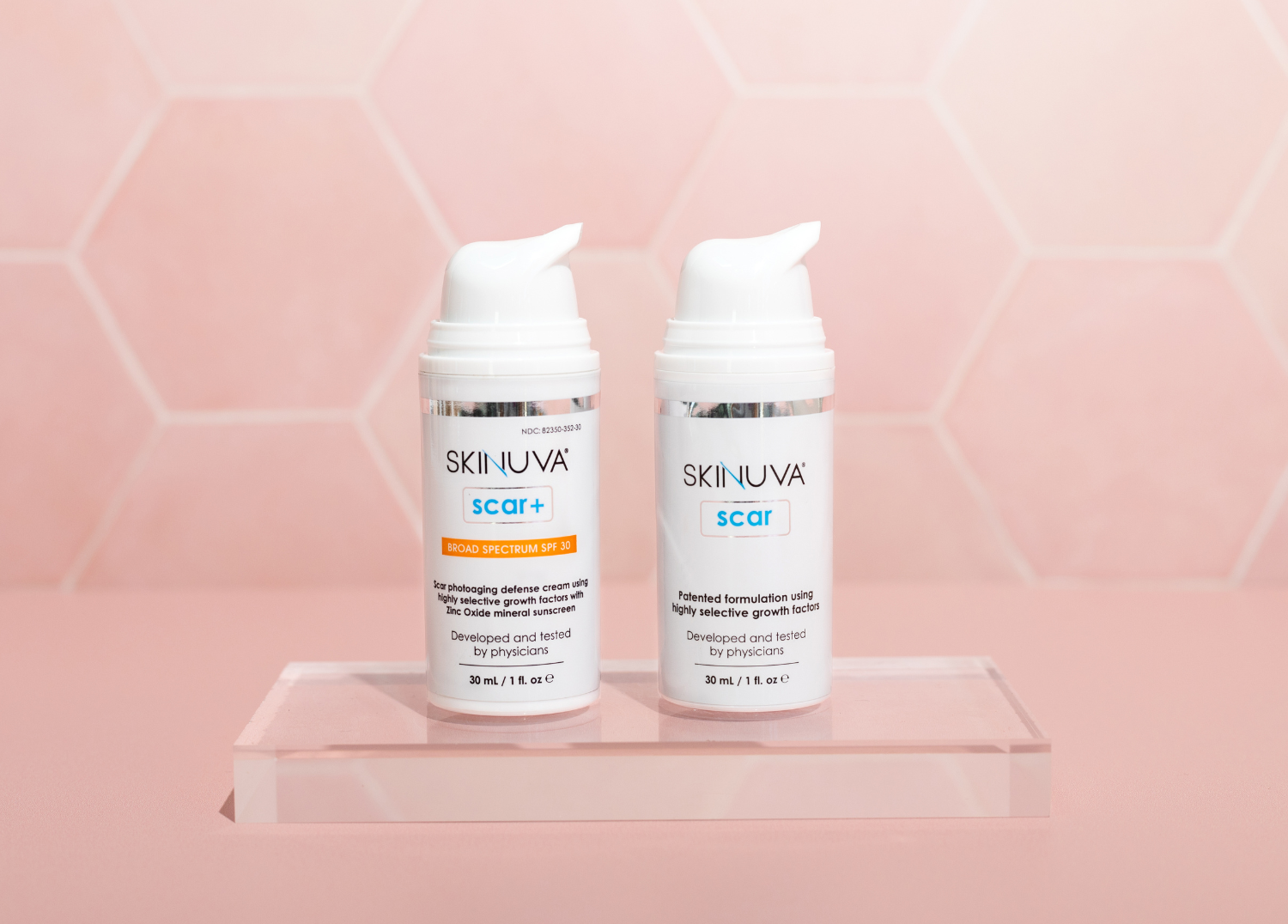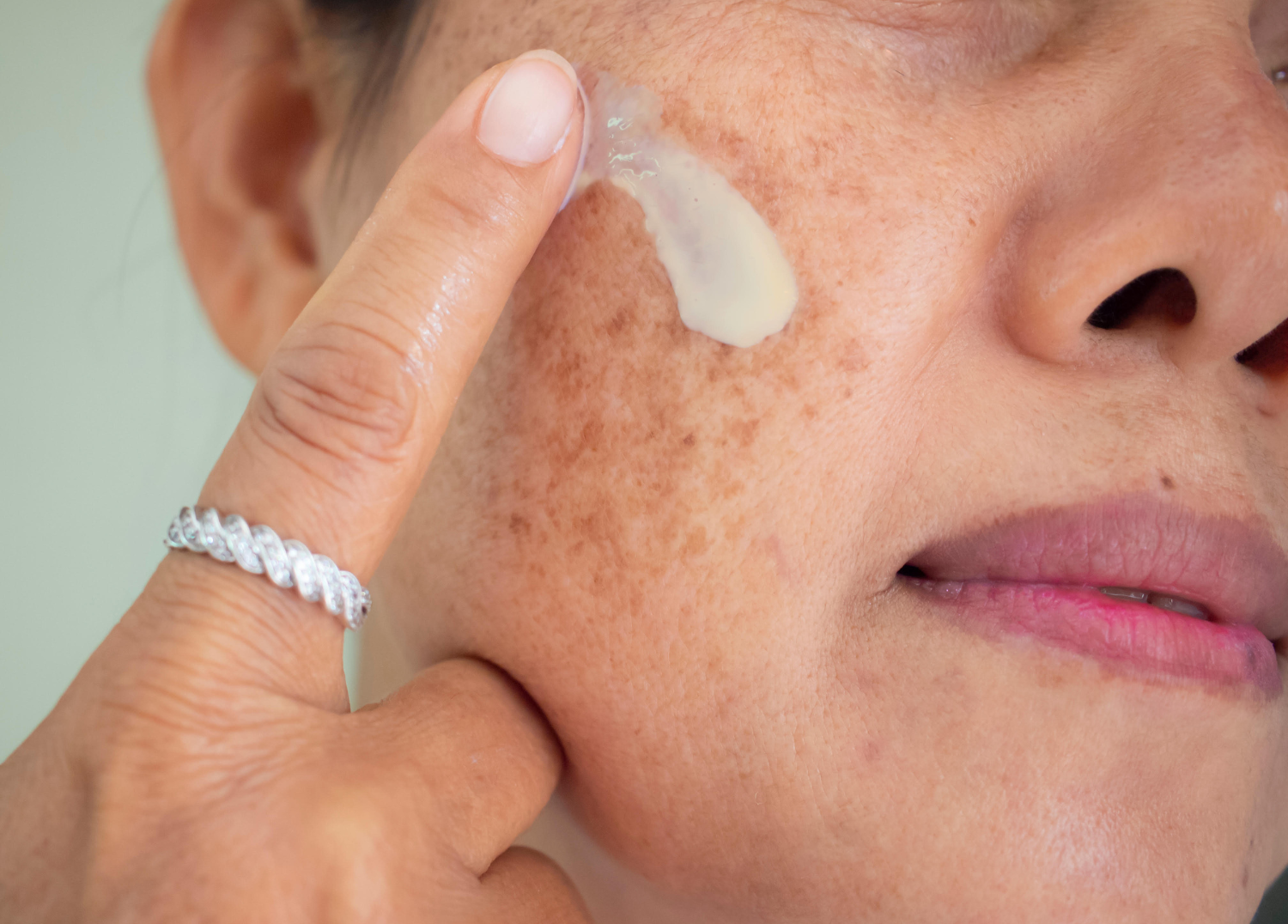Causes, Prevention, and Treatment of Post-Inflammatory Hyperpigmentation
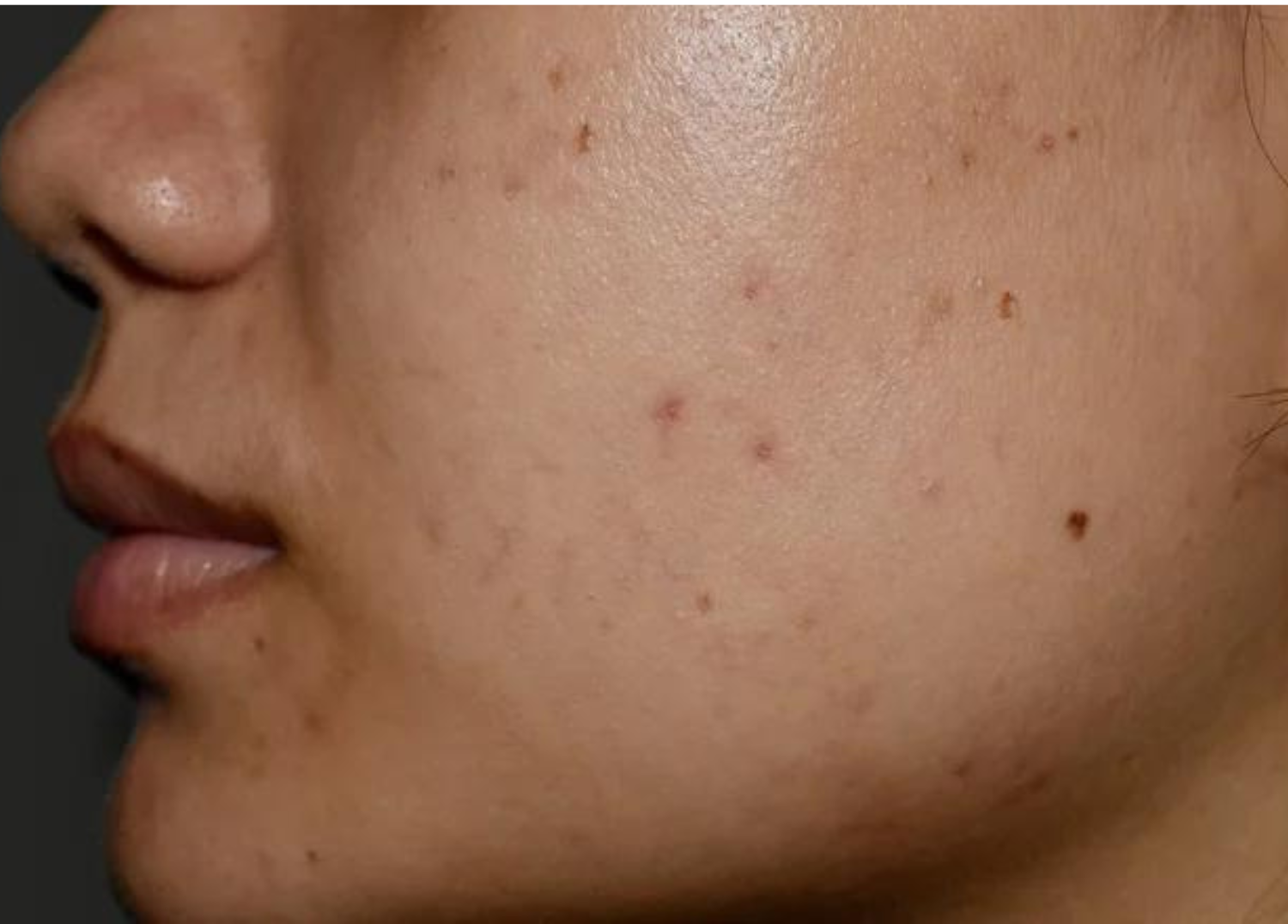
Hyperpigmentation can be difficult to improve and can result from many different factors. There are different types of hyperpigmentation that can vary in severity, one type being post-inflammatory hyperpigmentation (or PIH for short).
PIH can appear on the face and body and affects many different skin tones and types. It is different from melasma, which is another form of hyperpigmentation that is more common in women and largely due to hormonal influences (such as pregnancy) and/or sun exposure. While there are several causes of PIH and it can be very common, there are also ways to prevent PIH from forming and several treatment options to help improve its appearance.
Post-Inflammatory Hyperpigmentation and Its Causes
Post-inflammatory hyperpigmentation is a common type of hyperpigmentation that occurs when your skin has produced extra melanin after there is damage or irritation to the skin. Melanin is a substance in the body that produces skin pigmentation.
Irritation or damage to the skin, such as acne, burns, eczema, allergic reactions, infections, and more can result in PIH. These skin issues cause inflammation on the surface of the skin, increasing melanin production and resulting in dark patches where the skin injury occurred. The dark spots/patches can vary in color, from shades of light brown to even black.
Some skin tones and types are more prone to developing PIH. Skin of color has more melanin than fair skin, so skin of color is more likely to develop PIH.
How to Prevent and Treat PIH
It is important to first find out what the cause of PIH is before beginning treatment for it. If the cause is acne, speaking with your doctor to figure out the best topical or oral treatment is a great first step. If your PIH is caused from excessive sun damage, using a sunscreen with an SPF of 30 or higher daily can help protect your skin from the sun's harmful rays.
Depending on its severity, PIH can be treated with topical brightening creams or with in-office treatments such as chemical peels or laser treatments.
For an effective and long-term topical treatment for PIH, Skinuva Brite can be used twice daily, morning and night. Skinuva Brite is our physician developed, clinically tested, and non-hydroquinone skin brightening cream. Backed by a published clinical study and with ingredients such as synthetic Growth Factors, Tranexamic Acid, Niacinamide, Vitamin C, and Arbutin, Skinuva Brite not only helps improve PIH, but other types of hyperpigmentation such as melasma, sunspots, and more.
If you suffer from post-inflammatory hyperpigmentation and are looking for a topical skin brightening cream to help improve its appearance, try Skinuva Brite today.

